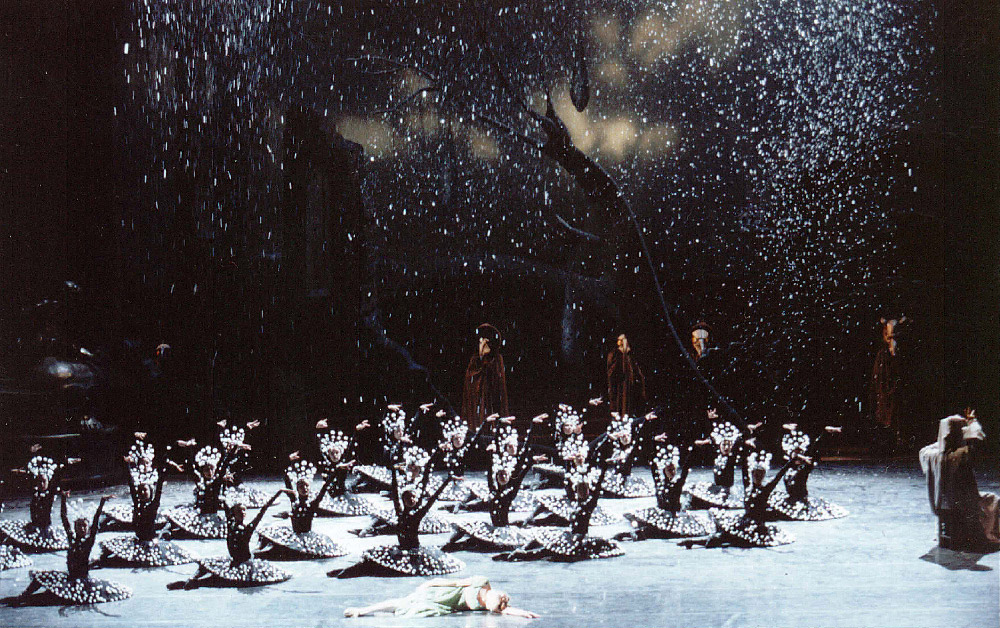It is a story told by a contemporary witness, and not in an attempt to compare today’s Russia with another Russia – the Russia of perestroika or the Soviet Union. The whole world knows that Russia and its ballet are inextricably linked – a ballet that flourished under tsars and tsarinas, and of which nothing comparable can be expected under the current autocracy.
At best, one might think that Russia’s own good old ballet tradition is now being honored more intensely than ever, and that it is once again emerging pure and whitewashed by all the influences from New York, Paris, London, and Madrid that have touched it over the decades. But even that would be asking too much of the guardians of the theaters and ballet academies. They are traditionalists, that is true, but are they sufficiently equipped to inspire the new personnel, to instill the motivation to want to create art, the ambition to interpret and continue the great Russian dance heritage in a younger, current generation?

